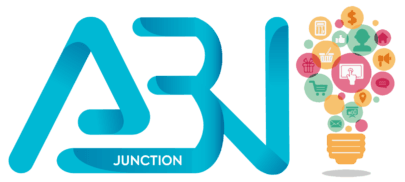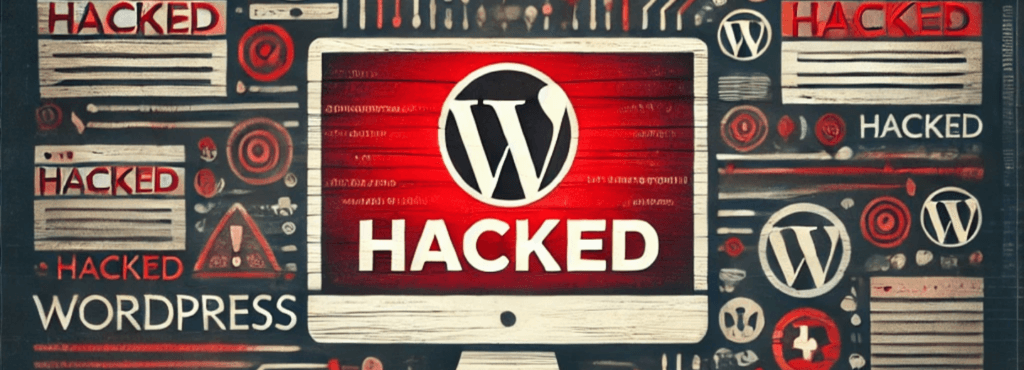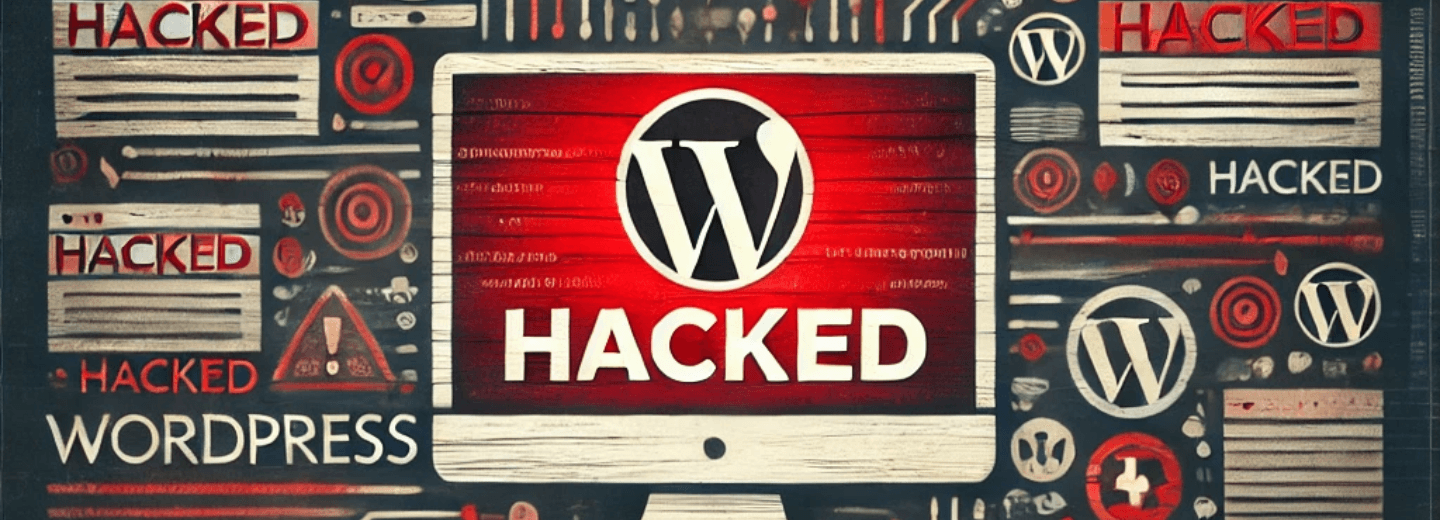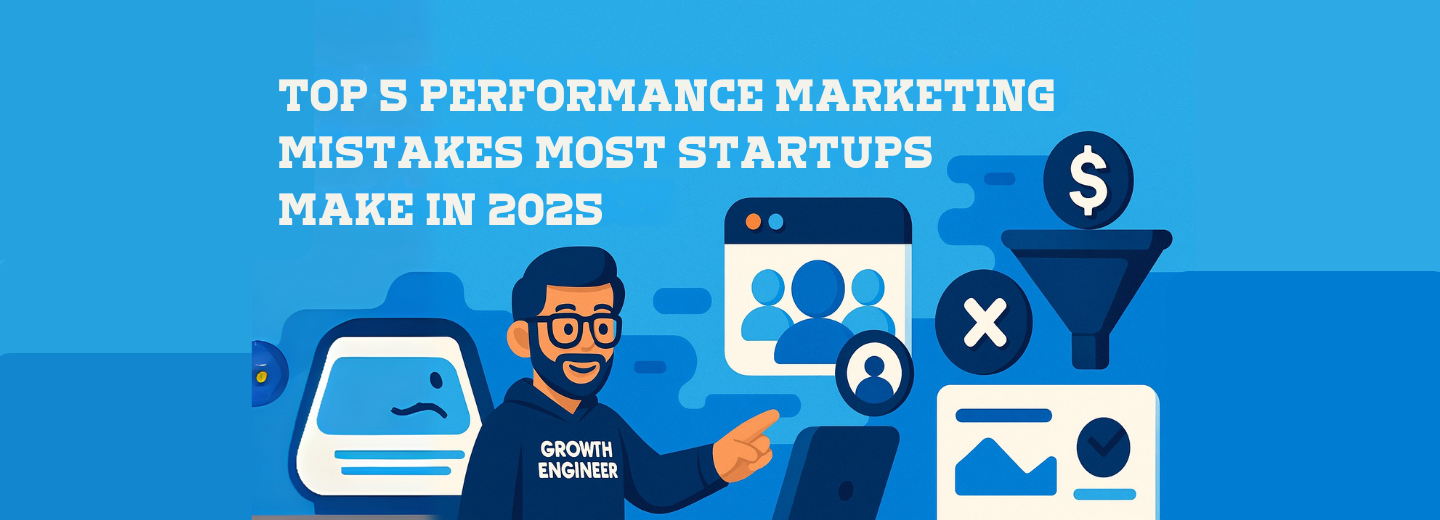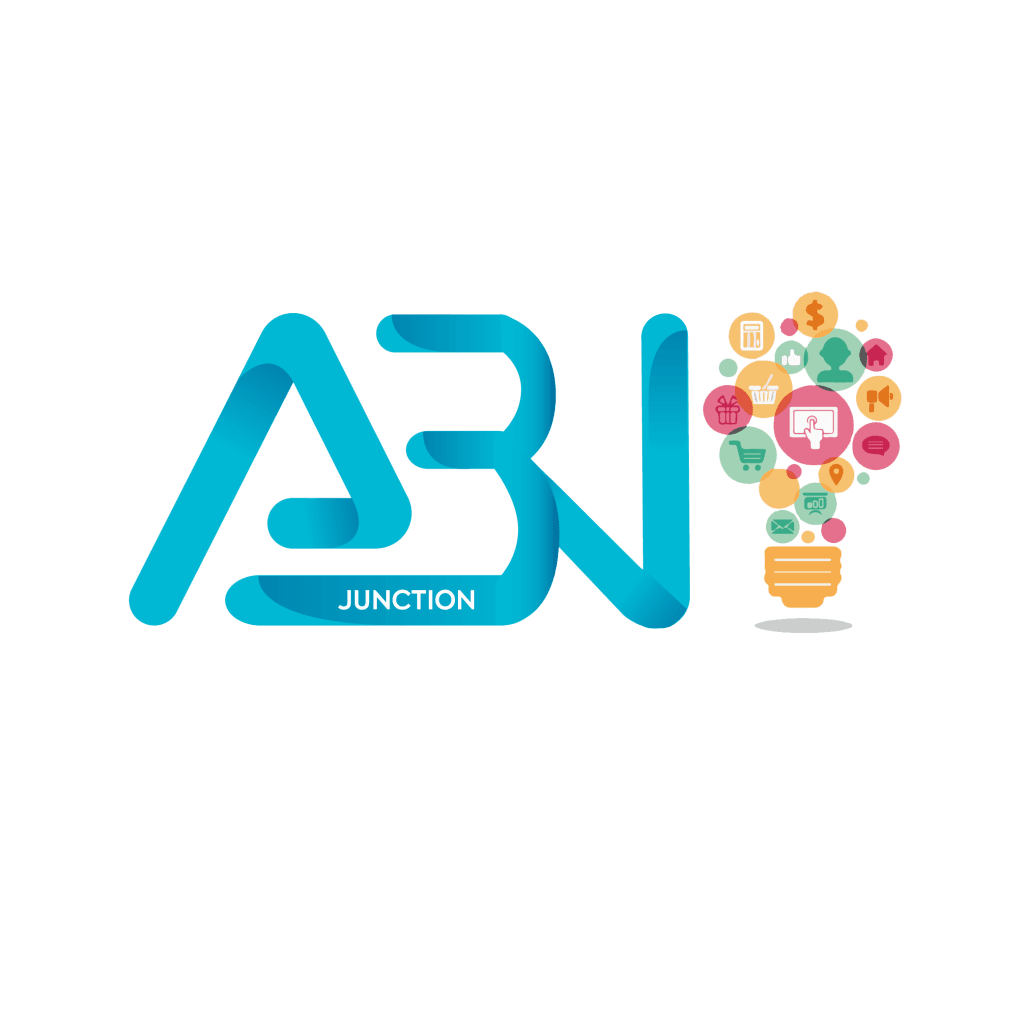The WordPress ecosystem, which powers a substantial portion of the internet, has recently been the target of a massive cyberattack. More than 6,000 WordPress Sites compromised in a single day, leading to the installation of malicious plugins designed to push infostealers. This alarming situation underscores the importance of robust cybersecurity measures for website owners and developers alike. Let’s delve into the details of this attack, its implications, and how you can protect your WordPress site from such threats.
The Mechanics of the ClickFix Campaign
The campaign, identified as ClickFix, leverages stolen admin credentials to gain unauthorized access to WordPress websites. Once inside, the attackers install plugins that appear legitimate but are embedded with malicious scripts. These scripts then deliver fake browser update prompts to end users, who, upon interacting with these prompts, inadvertently install infostealers.
Infostealers are a type of malware designed to capture sensitive information such as login credentials, financial data, and personal information. This stolen data can then be used for fraudulent activities, sold on the dark web, or leveraged for further cyberattacks.
How the Attack Unfolded
Security researchers from GoDaddy first identified the ClickFix campaign in August 2023. According to their findings, the attackers managed to compromise over 25,000 sites worldwide, with a significant spike in activity in recent weeks. The primary method of compromise involved brute-forcing admin credentials or exploiting weak passwords, highlighting a common vulnerability in website security practices.
Once the attackers gained access to a site, they installed plugins with innocuous names like “Advanced User Manager” and “Quick Cache Cleaner”. These plugins were designed to blend in with other legitimate tools, making it difficult for site administrators to detect their malicious nature. Embedded within these plugins were JavaScript files that injected fake update prompts into the site’s front end.
Fake Browser Update Prompts
These fake update prompts are a critical component of the ClickFix campaign. When end users visited the compromised sites, they were presented with convincing messages urging them to update their browser for security reasons. The prompts mimicked legitimate browser update notifications, complete with familiar branding and messaging, which tricked many users into compliance.
Upon clicking the prompt, users were redirected to a malicious site where they inadvertently downloaded and installed malware. This malware, typically an infostealer, then proceeded to capture and exfiltrate sensitive data from the user’s device.
Impact on Website Owners
For website owners, the implications of this attack are severe. The installation of malicious plugins not only compromises the security of their site but also poses significant risks to their visitors. Users who fall victim to the fake update prompts could have their personal information stolen, leading to potential identity theft, financial loss, and further security breaches.
Moreover, the reputation of the affected websites can suffer significant damage. Visitors are less likely to trust a site that has been compromised, which can lead to a decline in traffic and engagement. For businesses, this loss of trust can translate into financial losses and long-term damage to their brand reputation.
Steps to Protect Your WordPress Site
To mitigate the risks associated with the ClickFix campaign and similar attacks, website owners should adopt several proactive security measures:
1. Strong Password Policies

Ensure that all admin accounts use strong, unique passwords. Passwords should be a mix of upper and lowercase letters, numbers, and special characters. Avoid using easily guessable passwords and regularly update them to maintain security.
2. Enable Two-Factor Authentication (2FA)

Implementing 2FA adds an extra layer of security to your admin accounts. Even if an attacker manages to obtain a password, they will still need the second factor (usually a code sent to the admin’s mobile device) to gain access.
3. Regularly Monitor Website Activity

Stay vigilant by regularly monitoring your website for any unusual activity. This includes checking for unauthorized changes, new user accounts, and unfamiliar plugins. Many security plugins for WordPress can help automate this process and alert you to potential threats.
4. Keep Your Software Updated

Ensure that your WordPress installation, themes, and plugins are always up to date. Developers regularly release updates that patch security vulnerabilities, so staying current is critical to maintaining your site’s security.
5. Use Security Plugins

Install reputable security plugins that offer features such as malware scanning, firewall protection, and login security. These tools can help detect and prevent malicious activity before it compromises your site.
6. Educate Your Users

Inform your website visitors about the risks of fake browser update prompts and encourage them to be cautious when interacting with such messages. Providing clear guidance on how to identify legitimate updates versus fraudulent ones can help protect your users from falling victim to these attacks.
The Broader Implications for the WordPress Community
The ClickFix campaign serves as a stark reminder of the ever-present threat of cyberattacks within the WordPress ecosystem. As the platform continues to grow in popularity, it becomes an increasingly attractive target for cybercriminals. This situation underscores the need for ongoing vigilance and proactive security measures.
Conclusion
The recent wave of attacks targeting over 6,000 WordPress sites is a sobering reminder of the importance of cybersecurity. By understanding the mechanics of the ClickFix campaign and implementing robust security practices, website owners can better protect their sites and their users from such threats. As the WordPress community continues to evolve, collaboration and education will be key to maintaining a secure and trustworthy environment for all.
Stay vigilant, stay informed, and take proactive steps to safeguard your digital presence. The security of your website and the trust of your users depend on it.
